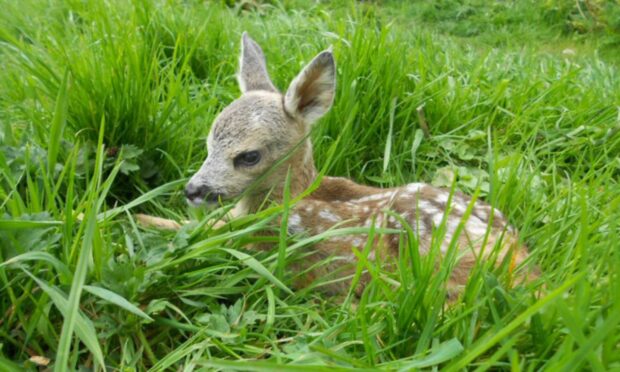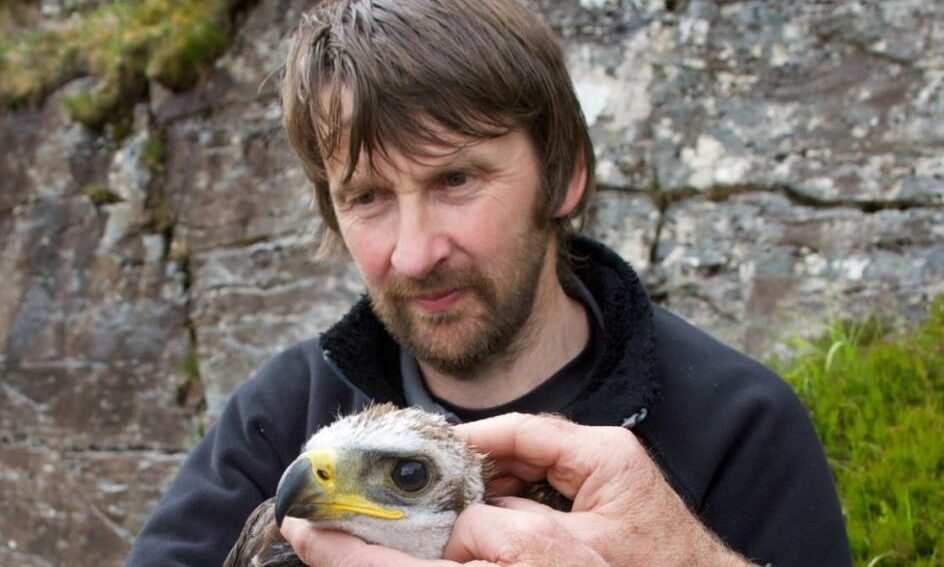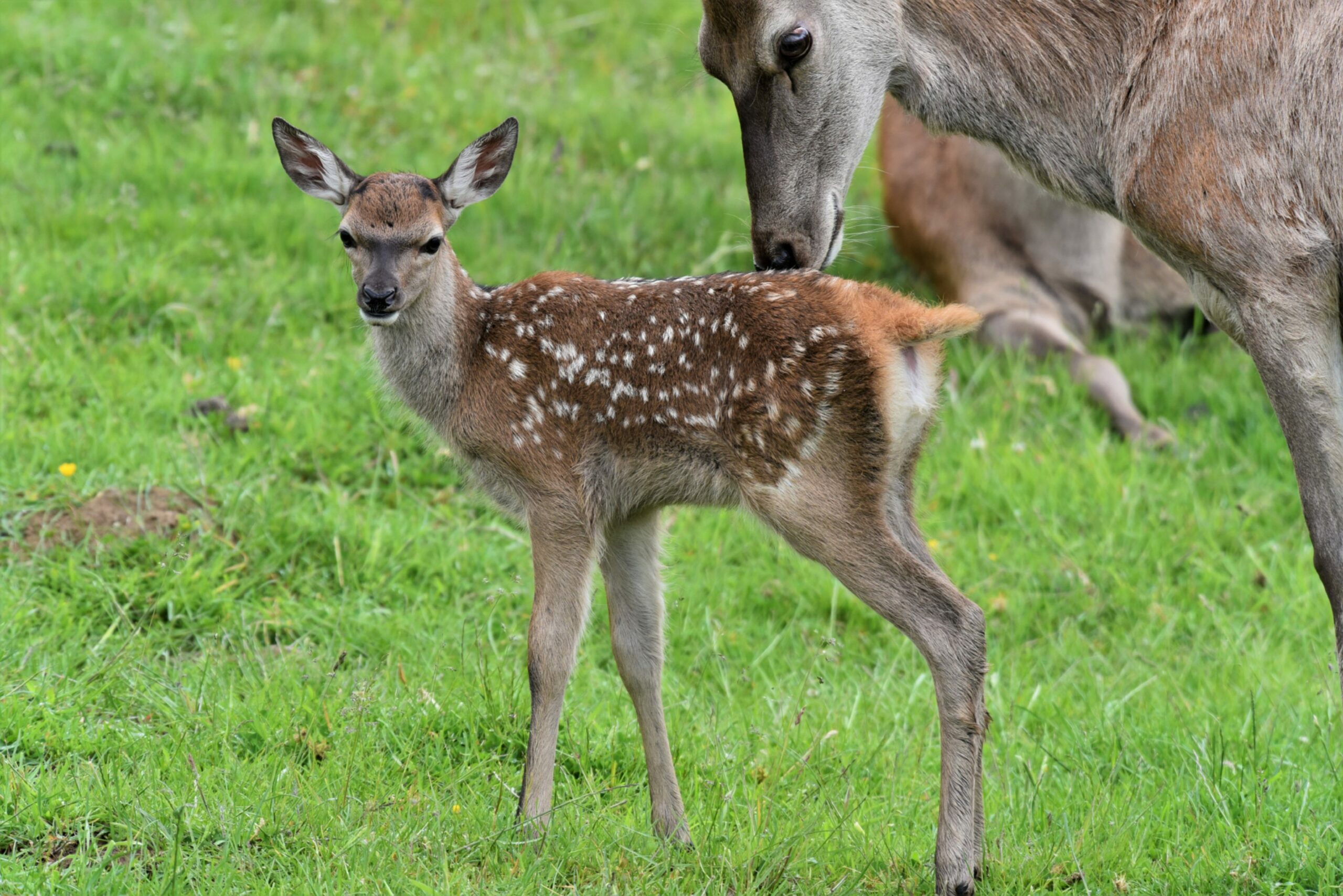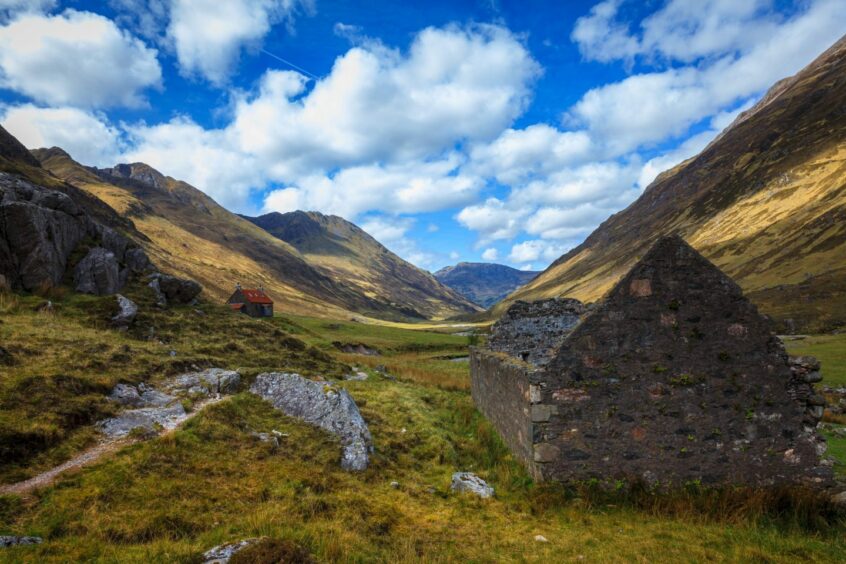A Highland ranger has made an appeal on behalf of baby deer after a number of the animals were removed from their natural habitat in previous calving seasons by well-meaning members of the public.
Andy Summers, who is a ranger in Assynt, is asking people to keep their distance during calving season which begins this month.
The warden said that mother deer will leave babies hidden in long grass during the day for up to 12 hours while she looks for food.
But well-meaning walkers sometimes come across one and try to comfort or take the baby deer believing it has been abandoned.
‘More harm than good’
Andy said that removing these young deer is a mistake which can have devastating consequences for the animals.
He said the female red deer – called a hind – will come back periodically to check on her young.
Touching the baby or disturbing it in any way could scare her away for good, leaving the fawn without a mother.
“I’ve had instances where people are carrying young calves down the hill thinking they’ve been abandoned,” he said.
“The message to anyone who sees one is leave it alone.”
This is echoed by the Scottish SPCA.
It advises on its website “fawns are possibly the most complex and challenging animal we deal with.
“In many cases, removing that young animal from the wild is effectively a death sentence.”
The deer are giving birth earlier
The calving season for deer is starting sooner as the climate warms, according to one Scottish study.
A team including scientists from the University of Edinburgh made the discovery using field records and genetic data collected on Rum in the Inner Hebridies over a 45-year period since 1972.
Female red deer give birth to a single calf each year, and those that reproduce earlier in the year have more offspring over their lifetime, researchers say.
Mild winter spells early spring for Red Deer of Kintail
Willie Fraser, chairman of the Affric and Kintail deer management group, said spring this year seems to have come early – “a good month ahead”.
He says it follows one of the mildest winters he has ever known, resulting in a low deer mortality rate.
Red deer populations have remained stable at about 10 deer per km2 in the Highlands since 2000, according to figures from Nature Scot.




Conversation